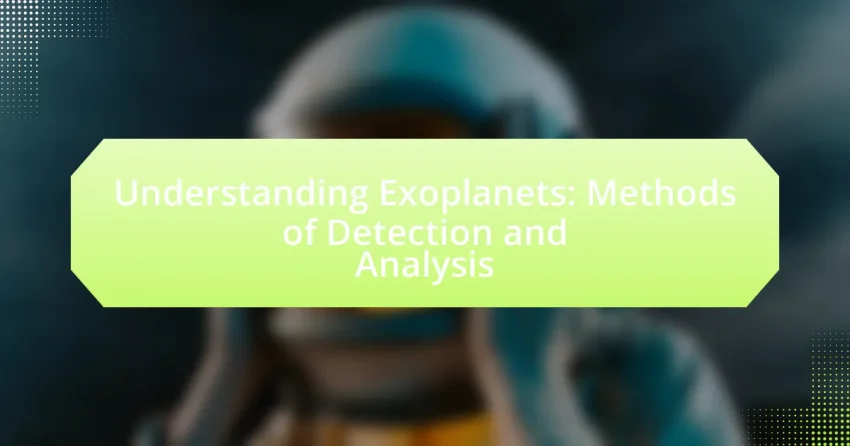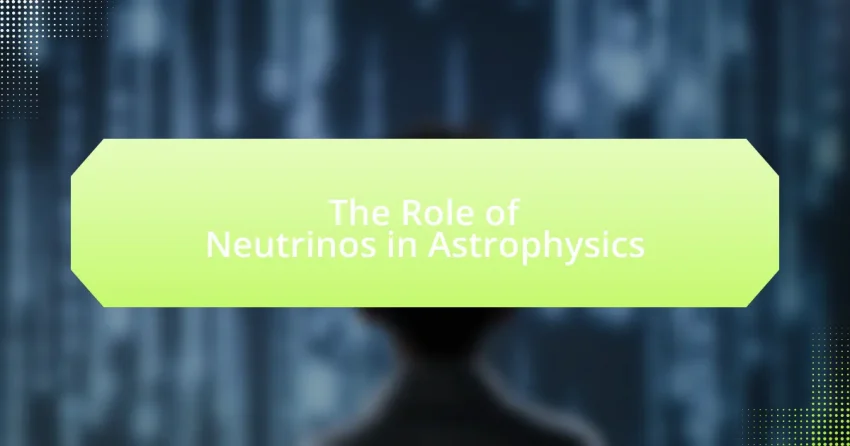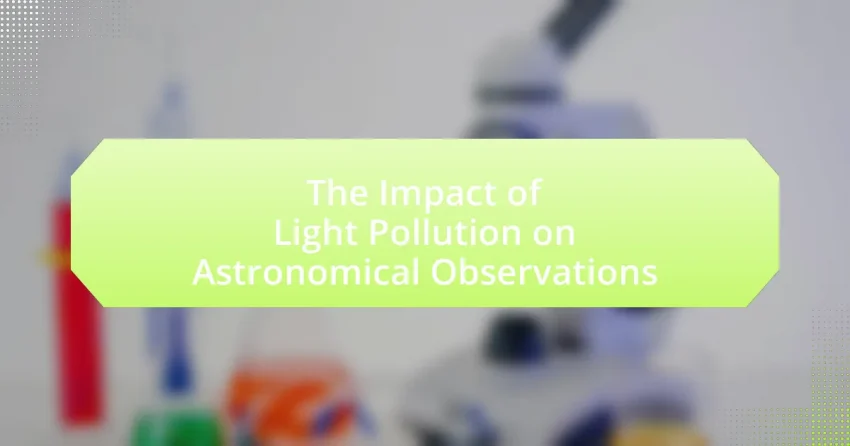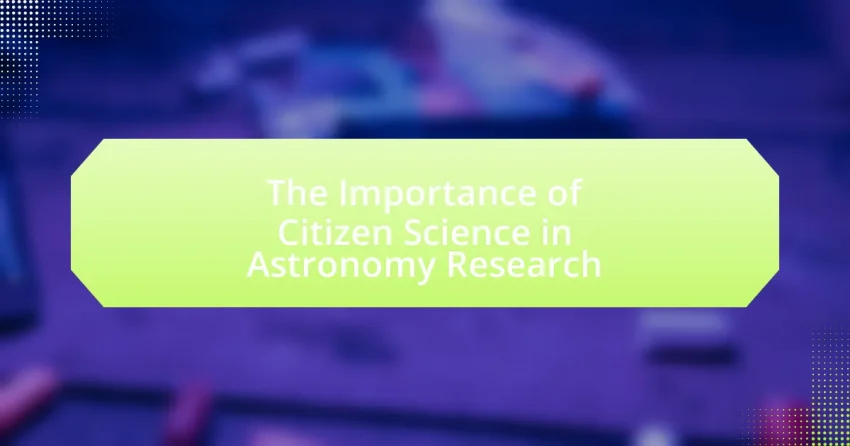Black holes are regions in space characterized by an intense gravitational pull that prevents anything, including light, from escaping. This article explores the formation of black holes, detailing the stages of stellar evolution that lead to their creation, the role of mass in their formation, and the different types of black holes, including stellar, supermassive,…
Astronomical Concepts
Welcome to the fascinating world of Astronomical Concepts! Here, you’ll discover a treasure trove of articles that unveil the mysteries of the universe. From the basics of celestial bodies to the complex theories of space-time, each piece is crafted to enrich your understanding. Whether you’re curious about black holes, galaxies, or the Big Bang, you’ll find engaging content that breaks down these ideas in an easy-to-understand way.
Our articles cater to newcomers and seasoned stargazers alike. You’ll learn about the tools astronomers use, the phenomena that shape our night sky, and the latest discoveries that expand our view of the cosmos. Dive in and explore concepts like light years, gravitational waves, and the life cycles of stars. Get ready to expand your horizons and ignite your curiosity about the universe in which we live!
Understanding Exoplanets: Methods of Detection and Analysis
Exoplanets are planets that orbit stars outside our solar system, and their study is crucial for understanding planetary systems and the potential for extraterrestrial life. As of October 2023, over 5,000 exoplanets have been confirmed, showcasing a variety of sizes, compositions, and orbital characteristics. This article explores the methods used to detect exoplanets, including the…
The Role of Neutrinos in Astrophysics
Neutrinos are subatomic particles with negligible mass and no electric charge, produced in nuclear reactions such as those in the sun and during supernovae. Their weak interaction with matter allows them to provide critical insights into astrophysical processes that are otherwise difficult to observe, including solar fusion and core collapse mechanisms in stars. This article…
The Impact of Light Pollution on Astronomical Observations
Light pollution is a significant barrier to astronomical observations, obscuring celestial objects and diminishing the contrast necessary for detecting faint phenomena such as distant galaxies and nebulae. Urban areas experience a dramatic increase in sky brightness, which can reduce the visibility of stars by up to 90%, severely impacting both professional and amateur astronomers. The…
The Importance of Citizen Science in Astronomy Research
Citizen science plays a vital role in astronomy research by enhancing data collection and analysis through the involvement of non-professional astronomers. Projects such as Galaxy Zoo and Planet Hunters have successfully engaged thousands of volunteers, leading to significant discoveries like new galaxy types and exoplanets. This collaborative approach not only accelerates research but also democratizes…
The Influence of Solar Activity on Earth’s Climate
The article examines the influence of solar activity on Earth’s climate, highlighting how variations in solar radiation and magnetic fields can lead to changes in global temperatures and weather patterns. It discusses historical correlations, such as the Maunder Minimum and the Little Ice Age, illustrating the impact of reduced solar output on cooler climate periods….
The Role of Dark Matter in the Universe
Dark matter is a form of matter that does not emit, absorb, or reflect light, making it invisible and detectable only through its gravitational effects. It constitutes approximately 27% of the universe’s total mass-energy content and plays a crucial role in the formation and structure of galaxies and galaxy clusters. The article explores how scientists…
The Theory of Relativity: Implications for Space and Time
The Theory of Relativity, developed by Albert Einstein, fundamentally reshapes our understanding of space, time, and gravity through its two main components: Special Relativity and General Relativity. Special Relativity addresses the physics of objects moving at constant speeds, introducing concepts such as time dilation and length contraction, while General Relativity explains how massive objects warp…
How Telescopes Have Revolutionized Our Understanding of the Universe
Telescopes have revolutionized our understanding of the universe by enabling detailed observations of celestial objects and phenomena that are not visible to the naked eye. The article outlines key milestones in telescope development, from the refracting telescope of the 17th century to modern advancements like the Hubble Space Telescope and upcoming technologies. It discusses how…
Gravitational Waves: What They Are and Why They Matter
Gravitational waves are ripples in spacetime generated by the acceleration of massive objects, such as merging black holes and neutron stars, first predicted by Albert Einstein in 1916 and confirmed by LIGO in 2015. This article explores the generation of gravitational waves, the astronomical events that produce them, and their significance in physics, including their…









